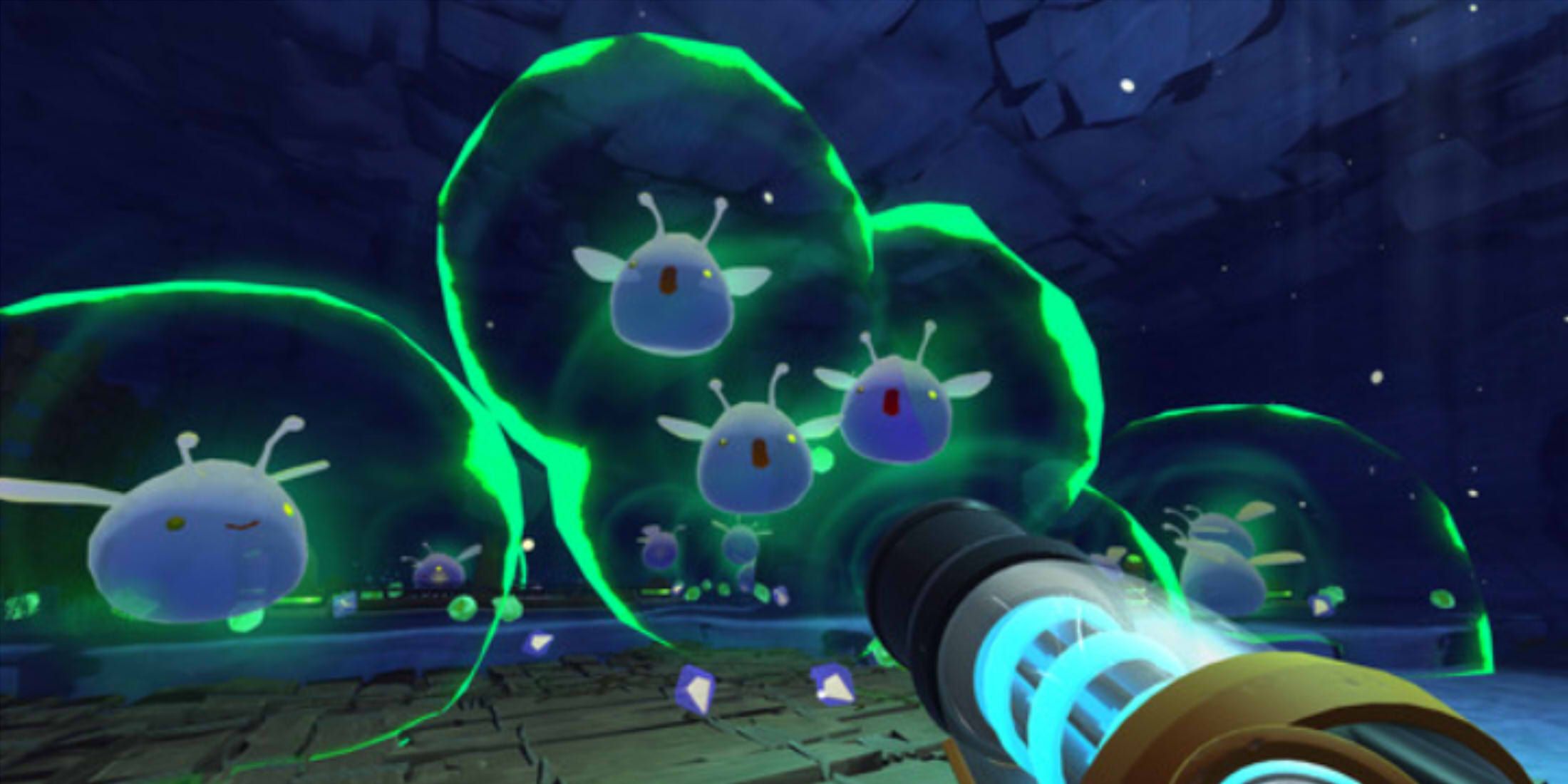I'm still looking for a job 8 months after my layoff. I have 20 years of experience and can't get hired — I'm scared.
www.businessinsider.com
Jennifer Gittelman faces prolonged unemployment after a mass layoff in healthcare administration.Despite extensive job applications, Gittelman struggles with lack of responses and feedback.Gittelman has one regret which she believes may be impacting her ability to get a jobThis as-told-to essay is based on a conversation with Jennifer Gittelman, 44, from Philadelphia. It's been edited for length and clarity.After a 20-year career in healthcare administration, I was part of a mass layoff in April. It sucked, but I remember thinking it would be OK. I figured if I started applying to jobs on July 1, there was no way I'd still be unemployed by the time my unemployment benefits ran out in October. I was wrong.Here we are in December, and I've hardly done anything since July but apply for jobs all day, every day. As the weeks go by, it's been getting scarier and scarier.My unemployment benefits ran out, and I'm pinching pennies to hold onto my savings. If I didn't have my 78-year-old mom to take care of, I think I'd just give up. But I can't and won't.I've been in healthcare administration for pretty much my entire careerI worked at a Medicare DME supply company for 15 years before resigning in 2019 to relocate from Florida to Philadelphia. I take care of my mom, and I wanted to move her closer to our extended family.I quickly landed a new role in medical staffing as a traveler support specialist. Six months later, the pandemic hit, and by November 2021, my entire branch was dissolved, and I was laid off. After an intense two months of job hunting, which I thought was forever at the time, I landed a job at a medical staffing company as a compliance and credentialing specialist.I worked steadily there until April, when I was part of a mass layoff. Luckily, I was given a severance package and unemployment benefits through October, which helped cushion the blow.I decided to rest for the next two months before applying for jobs in July. I haven't received any offers, and it's been a scary, disheartening time.I've applied to countless jobsNearly all of my time, other than cleaning, grocery shopping, and volunteering for a nonprofit, is spent applying for jobs. I've searched through what feels like every job board possible: Indeed, GlassDoor, LinkedIn, ZipRecruiter, and more obscure ones like PowerMyCareer, Monster, and PSG.I've tried all the free job search memberships and even some paid ones. I've applied to more jobs than I can count and nothing has seemed to work.It's frustrating because I feel like my rsum is pretty decent. In 20 years, I've only had three jobs, all in the same industry, and I have references from each place. I even have a letter of recommendation from a director at my last job.I feel like employers have been unprofessionalFor most applications, I'm not even getting a response from a human, let alone an opportunity for an interview. Typically, it's just an automated response saying the company is moving forward with someone else. There's no feedback, just rejection. It's insane.I've had some interviews and a few that I thought went really well we spoke for an hour, the employer asked lots of questions, we discussed pay, and they even told me I was moving on to the next round.Then, I'd write them an hour later, thanking them for the interview, and I'd never hear back. The one time I got a written rejection from a person, I asked if it would be possible to provide some feedback as to why I was not chosen. I didn't get a response.I don't get excited about interviews anymore because who knows what could happen.I have one regret that might be making it harder to land a jobI didn't finish college, and that's the one thing I regret. I've thought about going back a lot over the years but I couldn't justify accumulating all those student loans when I was already making a solid salary.Now I feel like maybe I should've gone back to school because, in today's competitive job market, it helps a lot to have a degree.I feel like I'm in this gray area of being overqualified for regular customer service positions, but because I don't have a degree, I'm underqualified for higher positions, even though I'm technically qualified to do them.If I get a job offer, I'm taking itI'm getting more scared as the weeks go by. Before my unemployment benefits ran out, I'd go out and buy a coffee from time to time. Now I won't even grab something at a WaWa. I want to save every penny I can.At this point, I'm not in a position to turn down any job. It took me forever to save the money I have, and at 44, I don't want to spend my entire savings being unemployed.I always try to make Christmas really nice for my mom because, at her age, who knows when it's going to be her last. This year I told her I was sorry because I couldn't do that, and she was like "Are you crazy? Do you think I care about presents at this age?" I know she doesn't care, but I can't help but feel bad.Sometimes, I think, "What if I didn't have my mom to take care of?" Maybe I would just give up, lay in bed, and become homeless. Having someone who depends on me makes it so I can't give up.This time has been disheartening, but I won't give up.If you've struggled to find a job since a layoff and would like to share your story, please email Tess Martinelli at tmartinelli@businessinsider.com.
0 Commentarios
·0 Acciones
·125 Views











